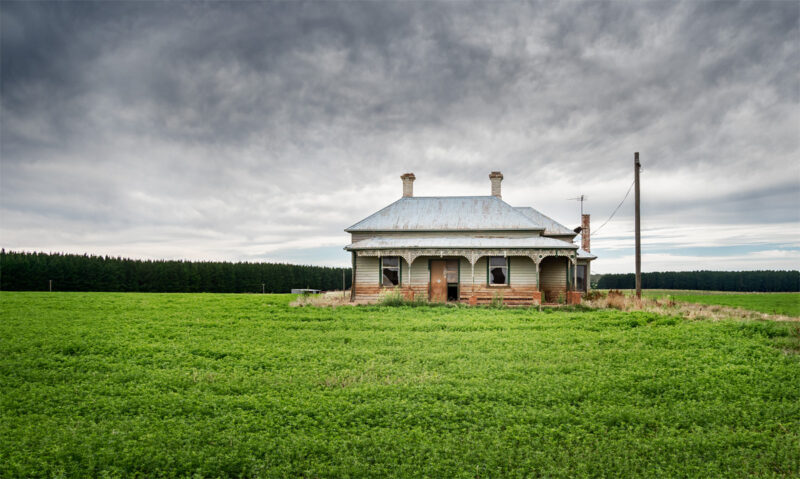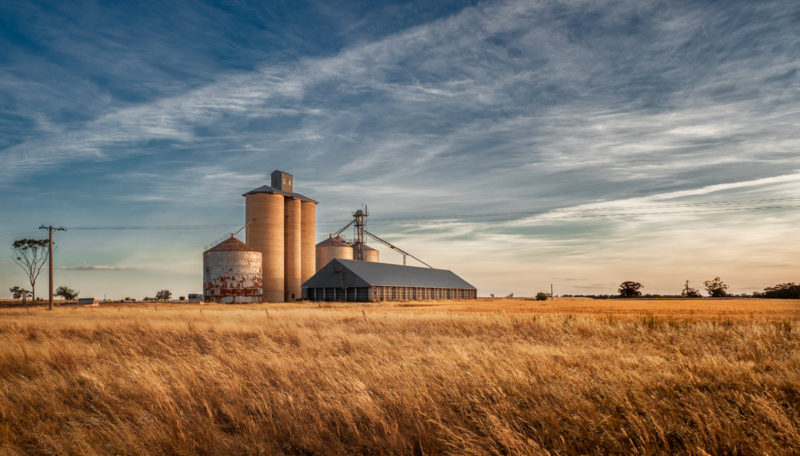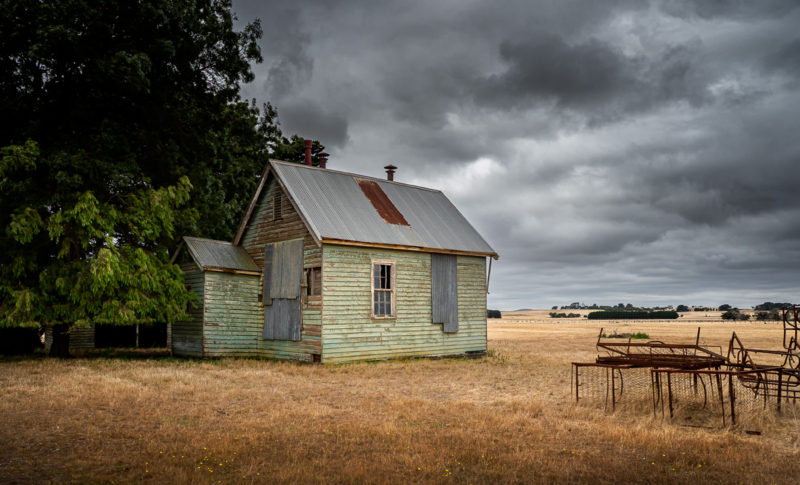
Photographing abandoned farm houses in rural areas can be a rewarding and interesting experience. These structures often have a rich history and can make for beautiful and evocative images. If you’re planning on visiting and photographing abandoned farm houses in rural Australia, there are a few things you should keep in mind.
First, it’s important to do your research before you go. Look for information about the history of the farm house and the surrounding area. This can help you understand the context of the location and give you ideas for your photos. It’s also a good idea to familiarize yourself with any local laws or regulations that may affect your photography.
Next, consider the best time of day to visit the abandoned farm house. Early morning or late afternoon can often be the best times for photography, as the light is softer and more diffuse. This can help create a moody atmosphere and add depth to your images.
When you arrive at the farm house, take some time to explore the location and look for interesting angles and compositions. Pay attention to the details of the building, such as the texture of the walls and the shape of the windows. These elements can add character and interest to your photos.
It’s also a good idea to bring a tripod with you to help steady your camera and allow for longer exposures. This can be particularly useful when photographing abandoned farm houses at night, when you may need to use a slower shutter speed to capture the available light.
Finally, be respectful of the property and the people who may live in the area. Don’t enter any buildings that are off limits or cause any damage to the location. And be sure to ask permission if you’re planning on photographing people or private property.
By following these tips, you should be able to capture some stunning and evocative images of abandoned farm houses in rural Australia.
Note:
This blog post was written in less than 15 seconds by ChatGPT using the prompt: “write a blog post describing how to photograph abandoned farm houses in rural areas in Australia.”






